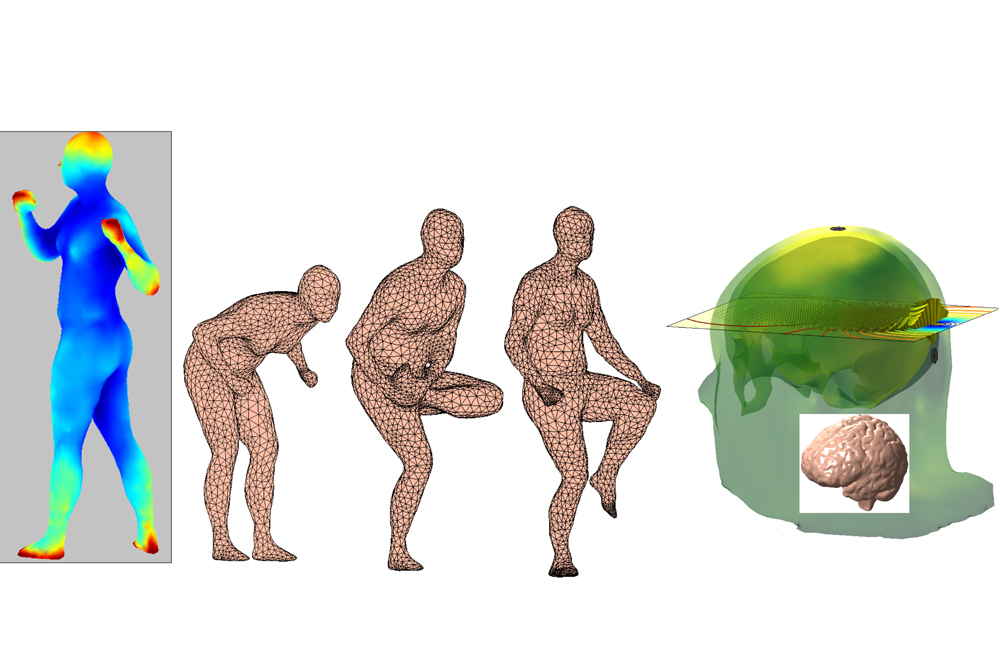Electromagnetic Research Gets New Tools

This Research in Action article was provided to LiveScience in partnership with the National Science Foundation.
Electromagnetic signals are a double-edged sword for our health. On the one hand, these signals — a form of energy involved in many types of communication — make possible important and potentially life-saving medical treatments, including pacemakers, sensors that monitor vital signs, anti-tumor therapies and trans-cranial magnetic brain stimulation, to name just a few.
On the other hand, there is growing concern over the potentially negative impacts on the human body of electromagnetic signals emitted by increasingly ubiquitous sources such as cell phones, power lines and magnetic resonance imaging equipment. Biomedical researchers are giving increasing attention to this field of inquiry, which in turn can spark student interest in careers in electrical engineering, biomedical engineering and applied electromagnetics.
To study the impacts of electromagnetic signals on the human body, students and researchers simulate interactions between electronic technologies and realistic, high-fidelity models of the human body, known as "meshes." The meshes consist of digitized representations of living, and possibly even moving, tissues, including the body's inner organs, bones and other tissues.
To support studies of the impacts of electromagnetic waves on the human body, NEVA Electromagnetics, LLC produces meshes and various computational tools, including a new tool compatible with MATLABÒ — a high-level programming language for numerical computation and visualization; it is commonly available at academic institutions.
NEVA's tools have numerous applications. They can be used to help simulate electrostatic and quasi-electrostatic simulations, to model human body capacitance (ability to store electrical charges), capacitive touchpads and touchscreens, human exposure to electric fields and trans-cranial stimulation with electrodes or pulsing coils. In addition, electrodynamic simulations can be used to model antenna radiation close to the body, radio-frequency sensors and body-area sensor networks.
Editor's Note: Any opinions, findings and conclusions or recommendations expressed in this material are those of the author and do not necessarily reflect the views of the National Science Foundation. See the Research in Action archive.
Get the world’s most fascinating discoveries delivered straight to your inbox.



